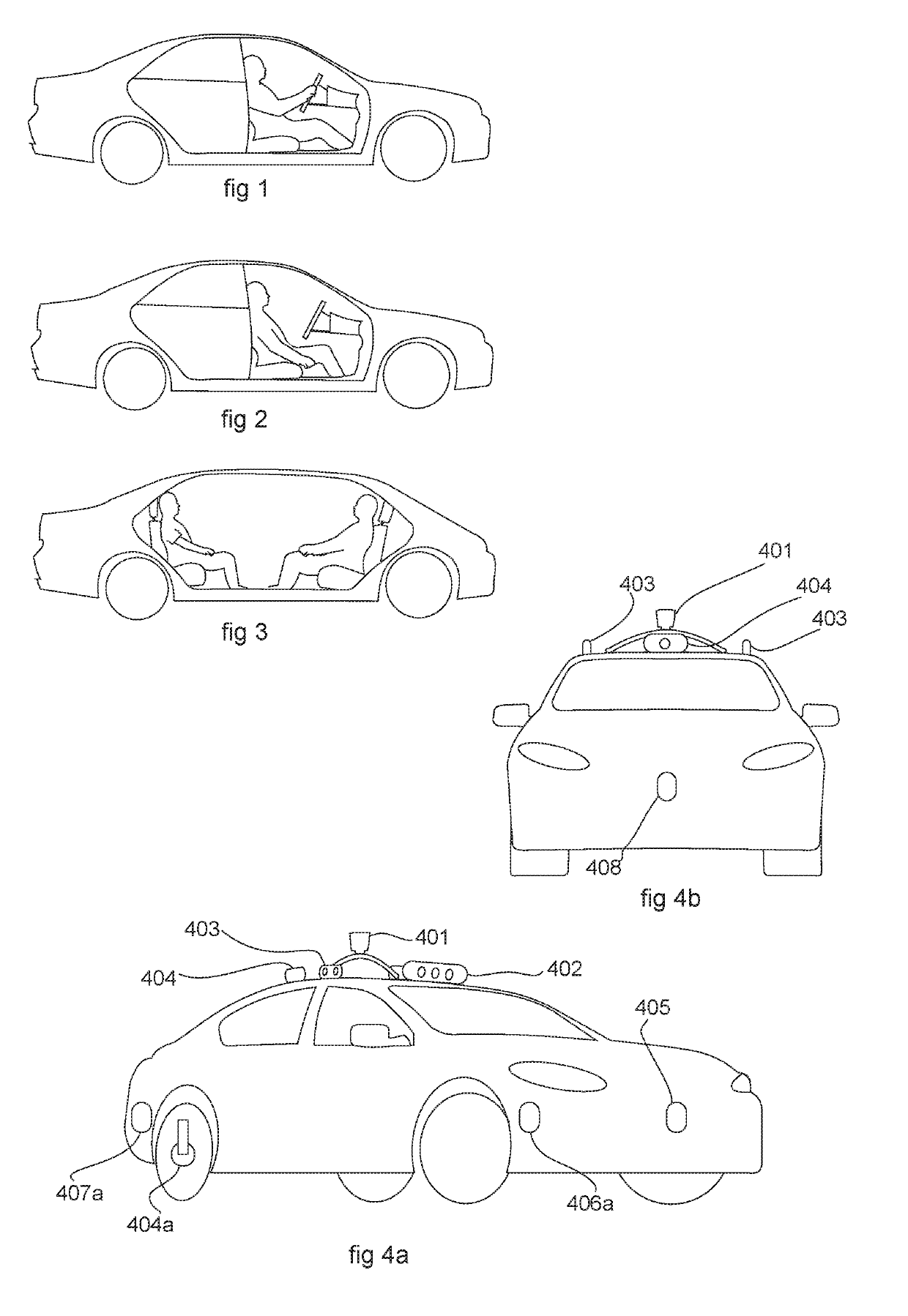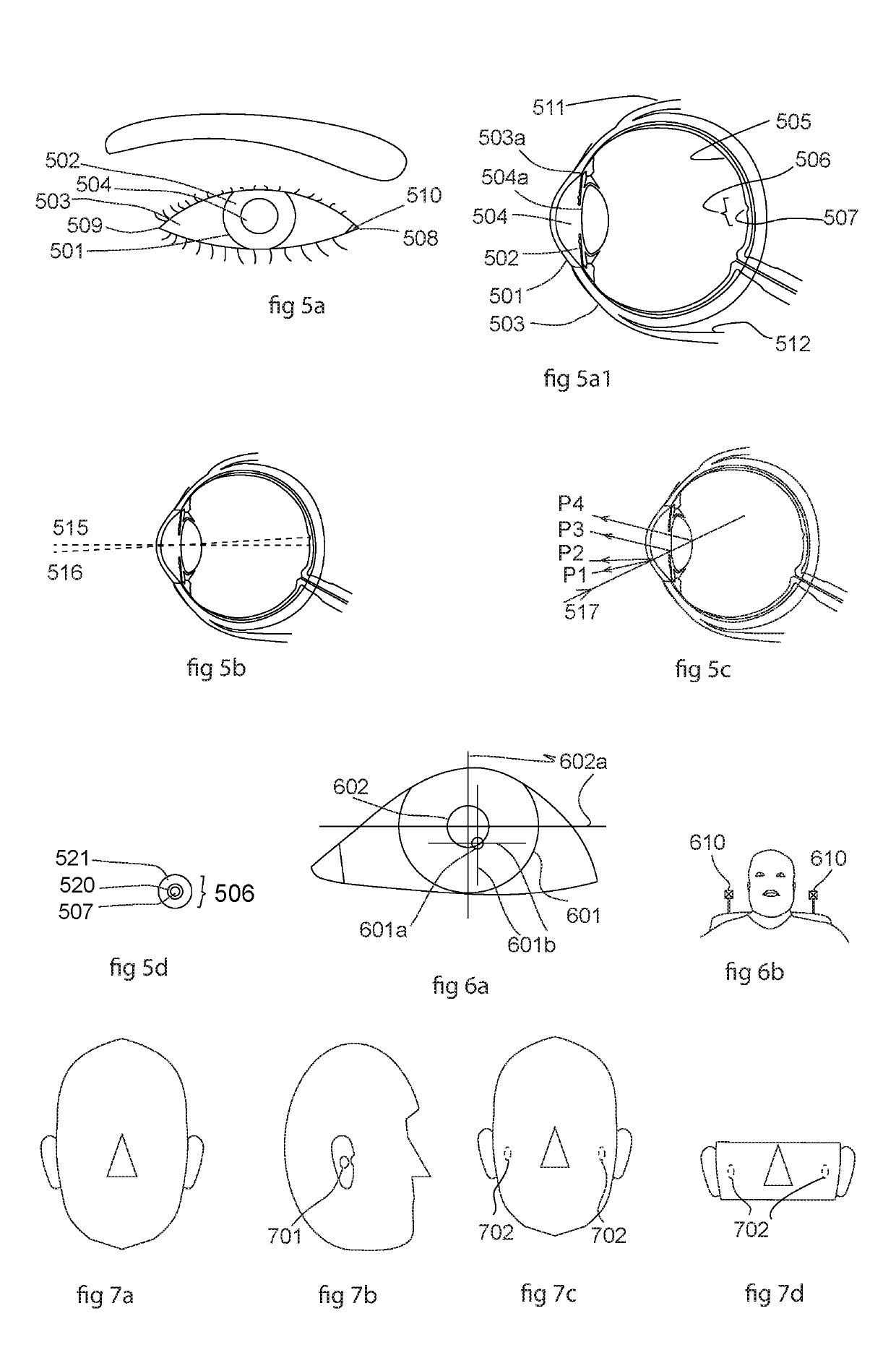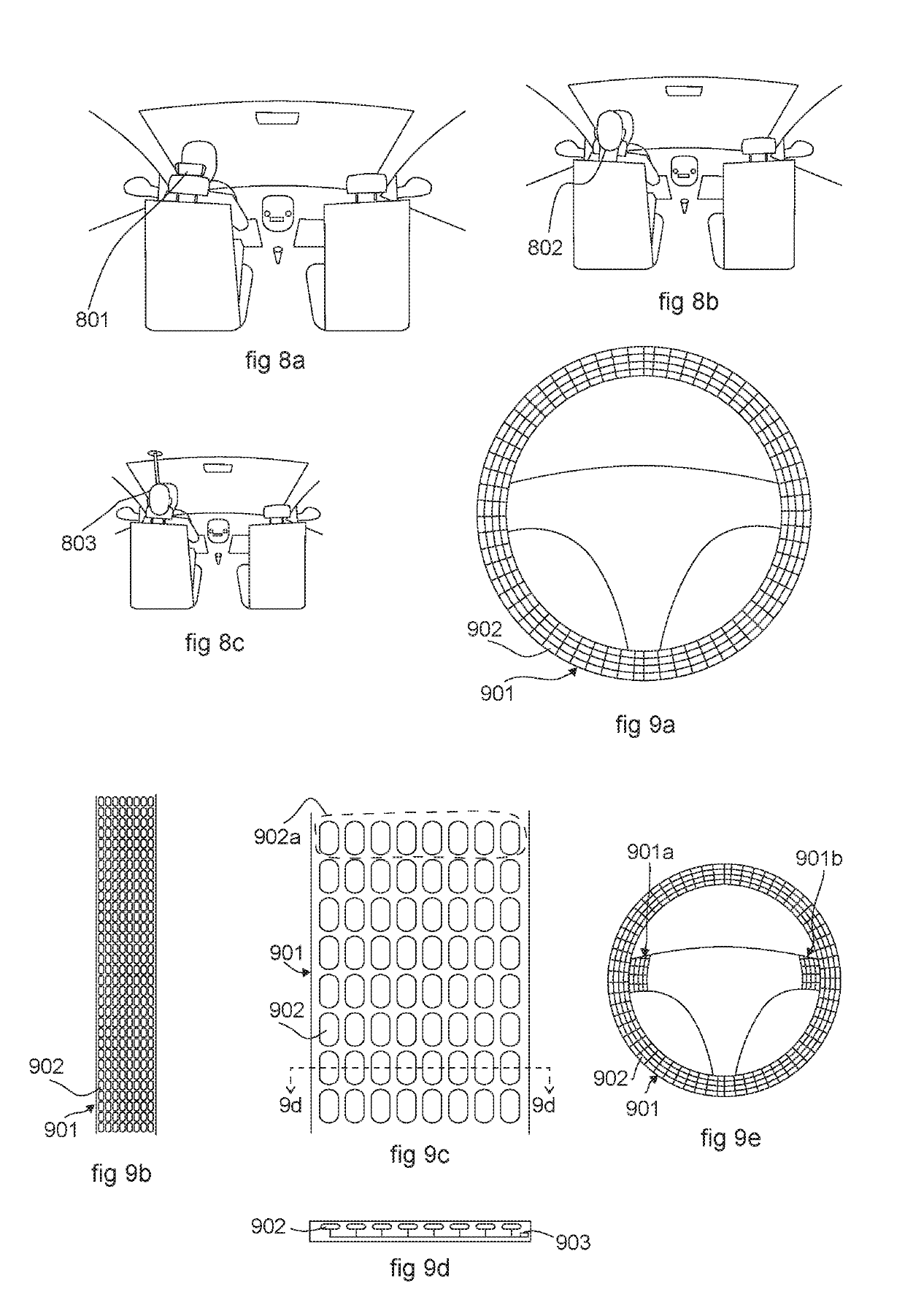Training of vehicles to improve autonomous capabilities
a technology for autonomous vehicles and training, applied in the field of training of vehicles to improve autonomous capabilities, can solve the problems that vehicles that are truly fully autonomous have not yet been developed, and achieve the effect of enhancing autonomous capabilities and improving autonomous functionality
- Summary
- Abstract
- Description
- Claims
- Application Information
AI Technical Summary
Benefits of technology
Problems solved by technology
Method used
Image
Examples
Embodiment Construction
[0065]When examples and embodiments are described to be related to vehicles, these vehicles can include land, air, space, water vehicles, including wheeled, tracked, railed or skied vehicles. Vehicles can be human-occupied or not, powered by any means, and can be used for conveyance, leisure, entertainment, exploration, mapping, recreation, rescue, delivery, fetching, and provision of services, messenger services, communication, transportation, mining, safety, or armed forces. Vehicles can be operated in a range of modes. They can be fully under the control of a human, which is the case for non-autonomous vehicles; they can be fully autonomous, without the need for human intervention, assistance or oversight; or a range of types in between, which can be broadly termed semi-autonomous. Non-autonomous vehicles require a human operator, whereas fully autonomous versions do not require a human operator. All examples of vehicles appearing in this disclosure have automatic transmission, a...
PUM
 Login to View More
Login to View More Abstract
Description
Claims
Application Information
 Login to View More
Login to View More - R&D
- Intellectual Property
- Life Sciences
- Materials
- Tech Scout
- Unparalleled Data Quality
- Higher Quality Content
- 60% Fewer Hallucinations
Browse by: Latest US Patents, China's latest patents, Technical Efficacy Thesaurus, Application Domain, Technology Topic, Popular Technical Reports.
© 2025 PatSnap. All rights reserved.Legal|Privacy policy|Modern Slavery Act Transparency Statement|Sitemap|About US| Contact US: help@patsnap.com



